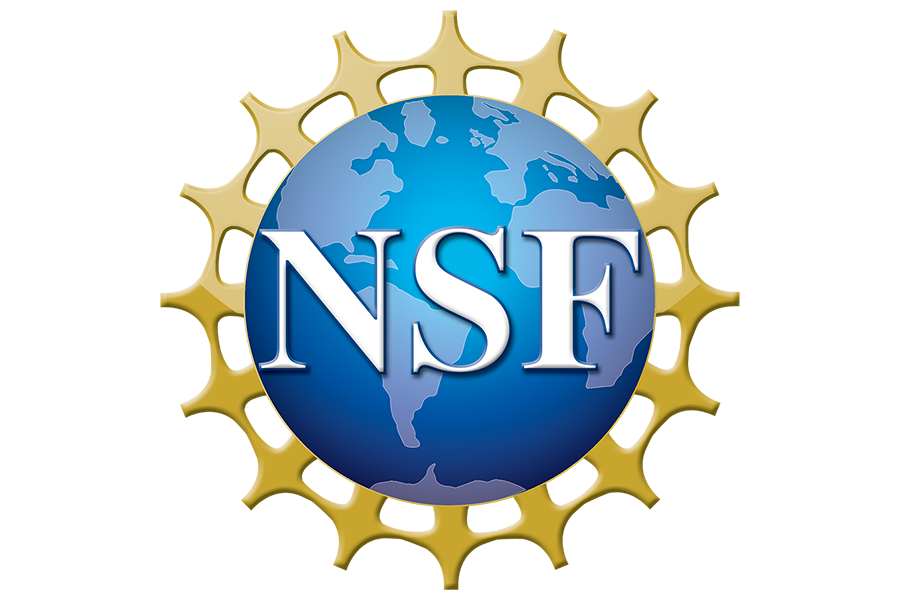FSU nuclear physics lab wins $5.7M NSF grant

Six physicists at Florida State University have received a $5.7 million grant from the National Science Foundation to continue their cutting-edge research in nuclear physics and nuclear astrophysics.
The grant supports operations of the John D. Fox Accelerator Laboratory at FSU and the research of professors Ingo Wiedenhoever, Samuel Tabor and Paul Cottle; assistant professors Sergio Almaraz-Calderon, Vandana Tripathi and Mark Spieker; and their respective graduate students.
The grant covers a variety of experiments over the next three years that align with the researchers’ various specialties.
“Many of these experiments complement each other,” said Wiedenhoever, a nuclear astrophysicist and the lab’s director. “They may use different methods or study different aspects of a larger subject.”
For instance, Wiedenhoever and Almaraz-Calderon both work in nuclear astrophysics and try to understand how nuclear reactions play a role in stars and star explosions. They are respectively researching specific types of thermonuclear explosions and will have opportunities to collaborate on projects to detect and measure their properties at the FSU accelerator laboratory.
“Nuclear astrophysics questions how the chemical elements we find on our planet came into being, where they were made and why we see the different elements and isotopes that we observe around us,” Wiedenhoever said. “We call this the chemical history of the universe.”
His work is often aided by research from the lab’s broader field of study, nuclear physics, which researches the physics of atomic nuclei. Paul Cottle, the Steve Edwards Professor of Physics at FSU, is a nuclear physicist at the lab.
“A lot of heavier elements are made in supernova explosions,” Cottle said. “But we can’t figure out how elements were made unless we also understand the physics of how nuclei work and how they collide.”
Another promising nuclear physics project comes from Vandana Tripathi, a specialist in gamma spectroscopy. Over the next year, Tripathi will collaborate with a researcher from Oak Ridge National Laboratory to bring a multimillion-dollar array of gamma ray detectors, called Clarion 2, to Tallahassee. The detectors can measure the properties of fast-spinning nuclei, for which a rotation takes a fraction of a billionth of a second. As rotation slows, a nucleus will emit gamma rays that Clarion 2 can detect and researchers can then study.
“That is a whole new opportunity for what we can do at FSU,” Wiedenhoever said.
Both Cottle and Wiedenhoever said the university’s exceptionally strong education programs are key to the lab’s strength. Since 1960, 188 U.S. nuclear scientists have earned their doctoral degrees at the Fox Lab.
One FSU alumnus, Thomas Glasmacher, is currently overseeing the construction of a nearly $1 billion nuclear physics lab at Michigan State. Another, Eric Diffenderfer, is working on proton therapy as a cancer treatment at University of Pennsylvania.
“We’ve had enormous influence on the way nuclear science is done throughout the nation,” Cottle said.

